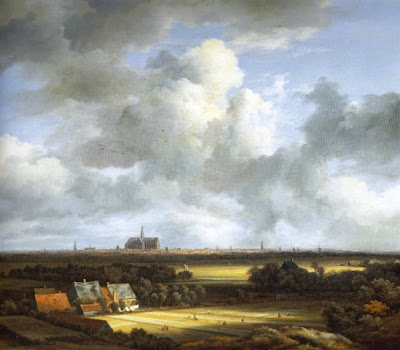What I'll Tell My New Art Students On the First Day of Class

Philip Koch, Edward Hopper's Beach, S. Truro, MA, vine charcoal, 9 x 12", 2006 I teach two classes a week at the Maryland Institute College of Art in Baltimore. It's a large art school ("America's oldest continuously degree-granting College of Fine Art"). PAFA up in Philadelphia is older, but we can claim Abraham Lincoln giving his second inaugural address at MICA, which is pretty cool. Every summer brings to an end a period of intense painting activity for me, a time when I do a lot and speak little about it to others. It's my annual "monk" period. This is good for it clears my head and allows me to think afresh about what I want to say to my students on the first day of class. This Fall I'm teaching Life Drawing and an introductory Painting class. Both are required classes and always have a few over twenty students. I love teaching these offerings because I believe they offer perhaps the greatest potential to genuinely help young ...









